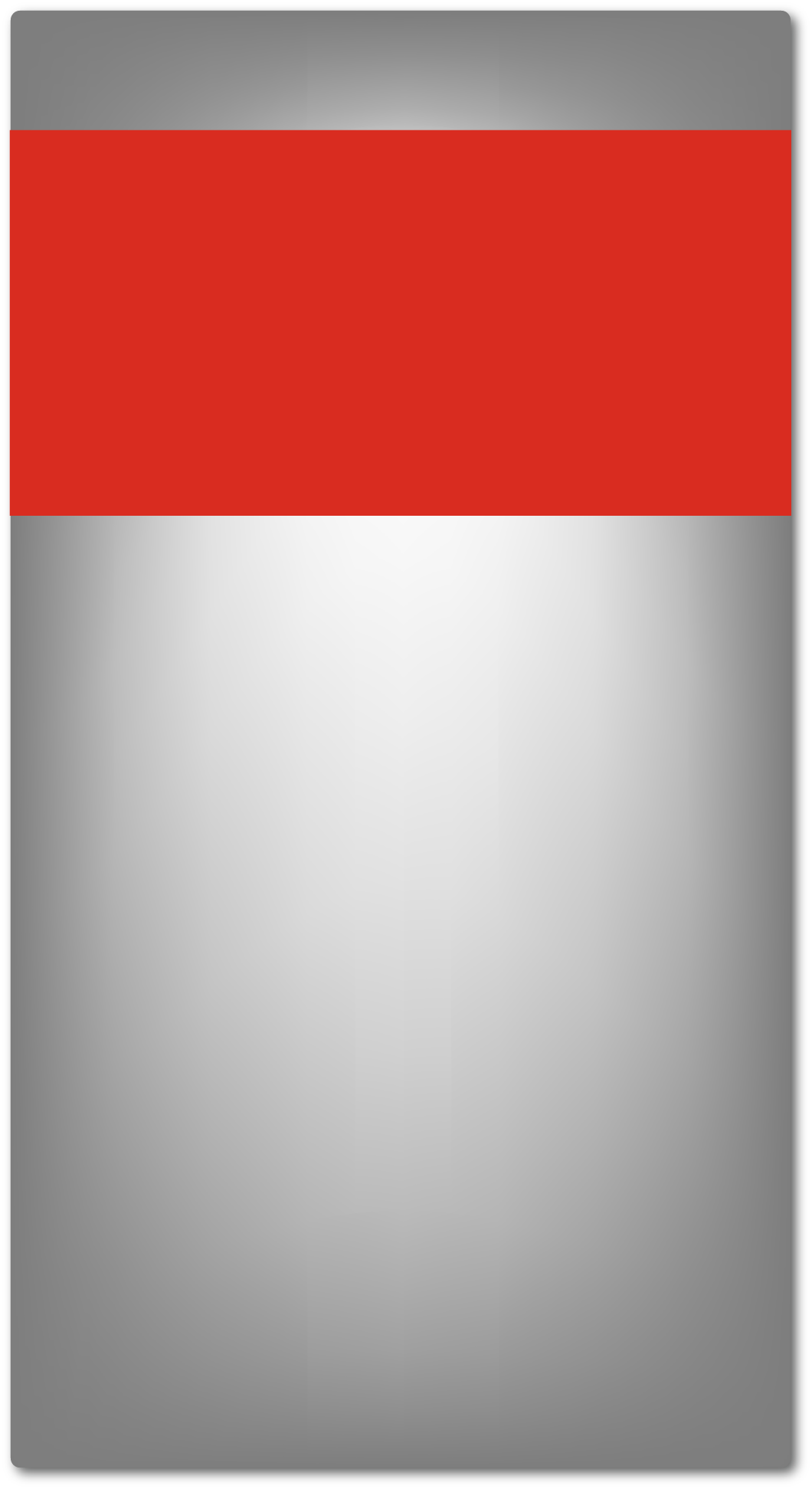| Group Members ; 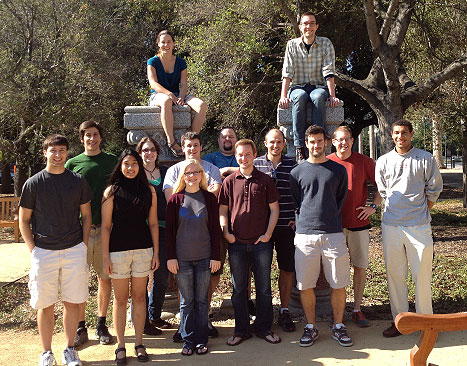
|
Front Row (from left to right) Tom Lampo (tjlampo@stanford.edu) Shengya Cao (sycao@stanford.edu) Whitney Johnson (wljohnso@stanford.edu) Bradley French (btf6@stanford.edu) Teddy Yewdell (tyewdell@stanford.edu) Justin Smith (jsmith@catawba.edu) Second Row (left to right) Columns |
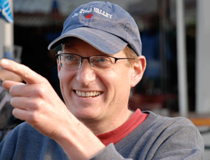 |
Principal Investigator Aaron Straight Ph.D. Associate Professor of Biochemistry Ph.D. in Biochemistry (U.C. San Francisco) Our work is directed at understanding the mechanisms that ensure high fidelity genome maintenance and segregation in eukaryotes. We use a wide variety of experimental systems ranging from yeasts and flies to frogs and humans in order to address biophysical, biochemical and cell biological questions in chromosome biology. We are particularly interested in how cells accurately segregate chromosomes to daughter cells during mitosis and meiosis to produce viable daughters and gametes so that an organism can grow, develop and proliferate. Our research has focused on understanding how the chromosomal centromere and kinetochore function to link the chromosomes to the mitotic spindle that segregates chromosomes during division. We are also interested in how chromosomes are organized within the interphase nucleus and mitotic chromosome so that the genome can be actively transcribed, replicated and segregated and yet accurately maintained and packaged within the nucleus and cell. |
| Current Lab Members |
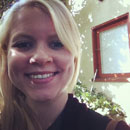 |
Whitney Johnson Graduate Student in Biochemistry I’m interested in how specialized domains of eukaryotic chromosomes are specified and maintained through RNA dependent processes. I am coupling biochemical, cell biological, genomic and optical technologies to study these processes in human cells. |
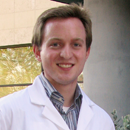 |
Bradley French Graduate Student in Biochemistry I'm interested in how the epigenetic identity of centromeric chromatin is maintained through successive cell divisions. I use a combination of biochemical and cell biological tools -- including cell-free reconstitution of centromere assembly in Xenopus egg extract -- to study how the assembly of CENtromere Protein A (CENP-A) is carried out with spatial and temporal specificity. |
 |
Teddy Yewdell Graduate Student in Biochemistry Aaron has a saying that goes something like this: “ATTACK, ATTACK, ATTACK!!!” In lab, I try live my life by this one rule. This credo has led me to maraud into a new realm for the Straight Lab, on a quest to answer the question “what is nucleic acid binding worth to heterochromatic proteins?” My tactical approach is focused around an arsenal of hard-hitting biochemical techniques with a healthy dose of cell and molecular biology. |
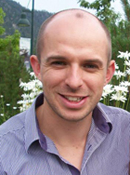 |
Frederick Westhorpe Post-doctoral Fellow The centromere is a specialized DNA locus that is absolutely essential for correct chromosome segregation during cell division. I am developing novel biochemical techniques to study how the underlying chromatin of the centromere, defined by nucleosomes containing CENP-A, is maintained through the cell cycle. I am building centromeres in vitro using recombinant histones, purified DNA and Xenopus Laevis egg extracts. My work centers on 1) how CENP-A nucleosomes epigenetically promote the assembly of new CENP-A nucleosomes 2) how CENP-A nucleosomes are segregated during DNA replication, and 3) how other centromere proteins regulate these processes. |
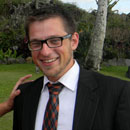 |
Jason Bell Post-doctoral Fellow Molecular genetics isn't just the study what genes you have, but also how those genes are spatially and temporally organized to encode the functional architecture of the genome. Two components of nuclear architecture are of particular interest to me. First, I am interested in the spatiotemporal organization of the centromere, and am developing methods to visualize its assembly, maturation and turnover on single chromatin fibers. Orthogonally, I am also interested in the global architecture of nuclear chromatin defined by the insulator and boundary protein CTCF, which has pleiotropic functions that are essential for proper embryonic development, cell differentiation and tumor suppression. Pursuant to both of these interests, I am using advanced imaging methods to visualize the structural dynamics of both reconstituted chromatin fibers and chromatin in living cells. |
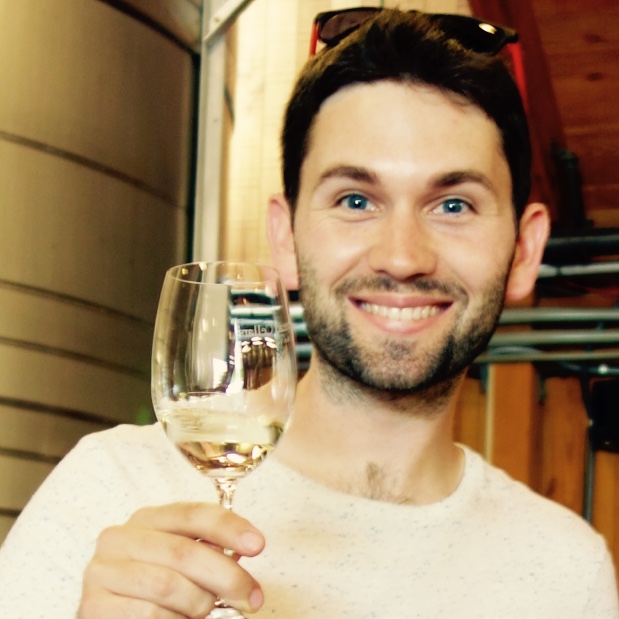 |
Matthew Miell Post-doctoral Fellow I'm studying two aspects of centromere dynamics: 1) The influence of centromeric chromatin organization on centromere function and 2) how proteins of the centromere and kinetochore complexes interact in a cell cycle-specific manner to assemble a functional kinetochore during mitosis and meiosis. I use a combination of two main techniques, the cell-free assembly of centromeres and kinetochores in Xenopus egg extract (developed in this lab) and single molecule imaging of chromatin arrays. |
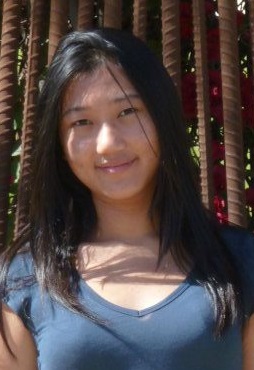 |
Shengya Cao Graduate Student The centromere is a unique region on the chromosome that specifies the site of microtubule attachment and thus regulates chromosome segregation. This region is specified epigenetically by the presence of CenpA, a histone H3 variant. So far, two centromere proteins have been shown to directly interact with CenpA: CenpC and CenpN. I am interested in how CenpN regulates CenpA incorporation into centromeric chromatin and centromere formation. |
Anthony Cordova - Undergraduate Student at Stanford University Maia Kinnebrew – Rotation Student in Biochemistry |
|
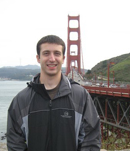 |
Tom Lampo Graduate Student in Chemical Engineering (Spakowitz Lab) I'm interested in the biophysics of chromosome organization and motion. I develop physical models for the motion of chromosomal DNA that are inspired by theory from polymer physics and can be directly compared to experimental measurements using fluorescent locus tracking in live cells. |
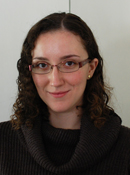 |
Viviana Risca |
David Jukam Ph.D. – Joint Post-doctoral Fellow (Skotheim Lab, Biology) Charles Limouse, Ph.D. – Joint Post-doctoral Fellow (Mabuchi Lab, Applied Physics) |
|
Former Lab Members
Straight lab alumni: where are they now? |
| Straight lab alumni: where are they now? |

